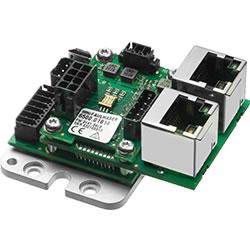Mastering Stack Lights: Simplifying Industrial Communication for Safer, More Efficient
Discover the essential role of stack lights in industrial environments, exploring types, applications, and advantages. Learn how consistent signaling, from color codes to flash patterns, enhances safety, efficiency, and communication, helping streamline operations and minimize confusion.
In industrial environments, clear communication is critical to maintaining smooth operations. Stack lights, or signal towers, serve as a vital tool for visual management, providing instant, easy-to-understand feedback on equipment status. This blog delves into the different types of stack lights, including LED, incandescent, and xenon options, and explains how their behavior—whether steady, flashing, or accompanied by sound, helps operators respond to potential issues in real time. We also discuss their applications across various industries, from manufacturing to material handling, and how proper selection and setup contribute to enhanced safety and operational efficiency.
By simplifying the signaling process with a consistent color and flashing pattern system, stack lights ensure quicker responses and reduce the risk of misinterpretation, even in noisy or fast-paced environments. Whether it's a steady green light indicating normal operation or a flashing red light signaling an emergency, understanding the core functions of stack lights can vastly improve safety, reduce downtime, and enhance productivity.
Featured Product

